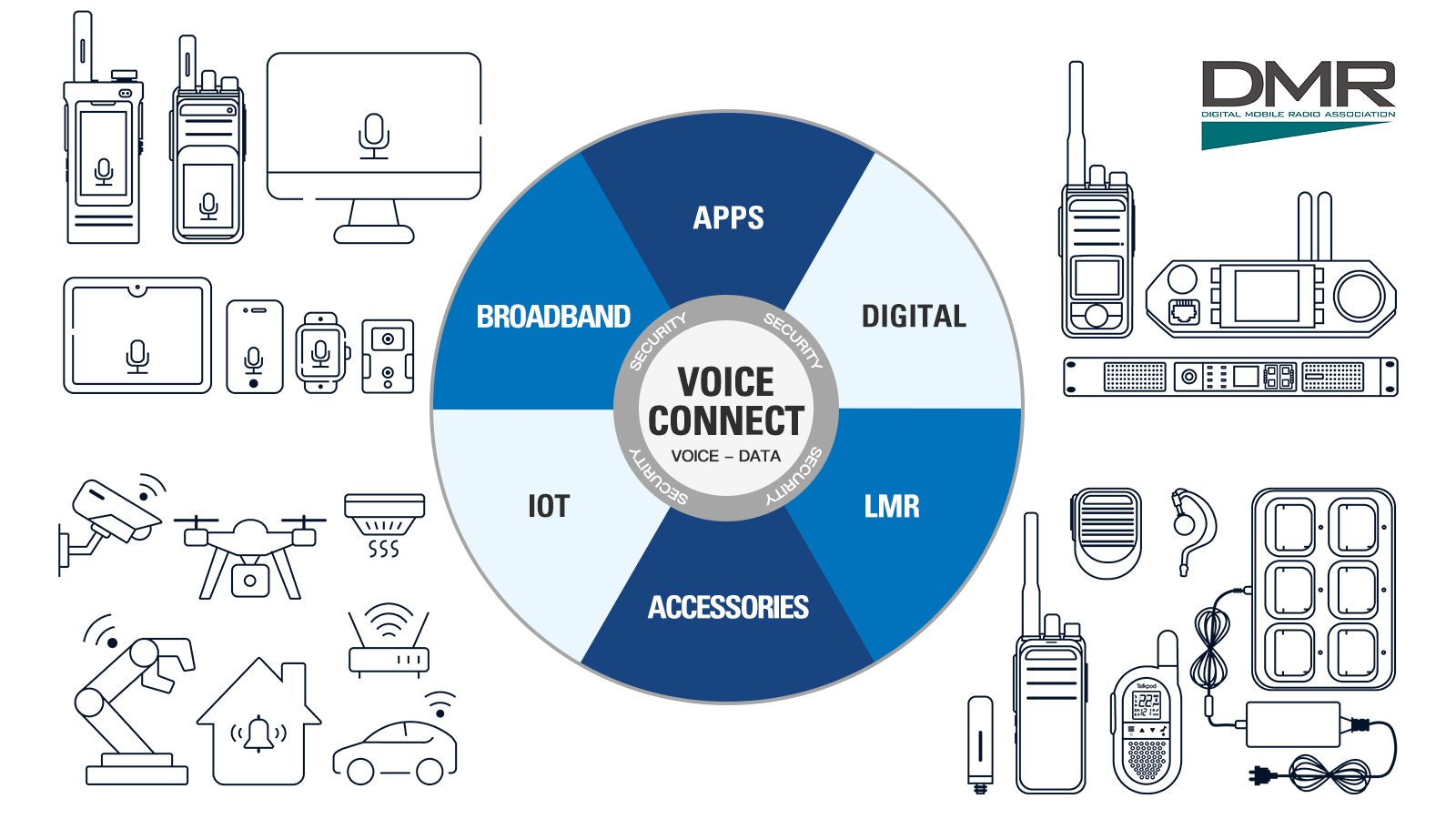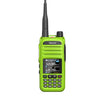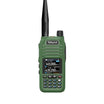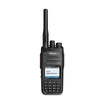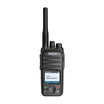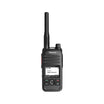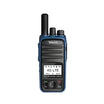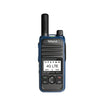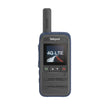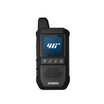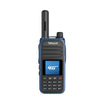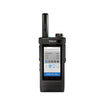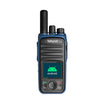Channel spacing refers to the frequency difference between two adjacent channels in the spectrum of two-way radios. This concept is similar to lanes on a highway, which are designed to keep traffic orderly and prevent collisions. In radio communications, appropriate channel spacing ensures that signals remain clear and free from interference, which is vital for sectors that depend heavily on two-way radios, such as public safety, transportation, construction, and more.
In the world of two-way radios, channel spacing is crucial because the radio spectrum is a limited resource. Just like we can only fit a certain number of lanes on a highway, there's only a certain amount of frequency space available for radio communications. By carefully allocating and spacing these channels, we can maximize the number of users who can communicate simultaneously without interference.
The importance of channel spacing cannot be overstated. Incorrect spacing can lead to signal overlap, where communications on one channel bleed into adjacent channels, causing confusion and potentially dangerous situations, especially in emergency response scenarios. Therefore, regulatory bodies like the FCC (Federal Communications Commission) set strict standards for channel spacing to ensure efficient and safe communication.
Historically, standard channel spacing has evolved to accommodate more users and improve communication clarity. For example, older analog systems might use 25 kHz spacing, but modern digital systems can operate with much narrower spacing, such as 12.5 kHz or even 6.25 kHz, effectively doubling or quadrupling the number of channels available within the same spectral space. This transition to narrower spacing, enabled by advances in digital radio technology, has been a significant factor in improving the efficiency and capacity of radio communications systems.
In summary, channel spacing is a fundamental concept in the design and regulation of two-way radio systems, ensuring clear, interference-free communication across various industries. By understanding and adhering to channel spacing requirements, organizations can optimize their communications infrastructure, ensuring effective coordination and safety for all involved.


